
A travesty? Wheelchair and crutch bound children everywhere, and lawsuits galore? An unappealing jumble of bent nails and ill cut wood? A blight on the neighborhood?
Certainly not. Balderdash. No way. Quite the contrary.
The Kolle 37 bauspielplatz in the Prenzlauer Berg neighborhood of Berlin is a wonderland. A place of imagination and exploration that melts even the most hardened cynics. A social hub for the neighborhood, a place that parents want to go. A soaring structural and architectural delight that has a better safety record than playgrounds that have been designed to be ‘safe’.
Children age six through sixteen built this tower and about ten others in the immediate vicinity at the Kolle 37 bauspielplatz in Berlin.
Some questions that might be racing through your head at the moment:
Is it sturdy?
Absolutely. Why? How? Because the children are encouraged to explore and test as they build. Even if you just spend fifteen minutes watching closely, you will witness children testing their creation for sturdiness, stability and load. Testing in this fashion is how they learn. Sometimes their solutions for an overly flexible bridge or a sagging railing are not the most aesthetically pleasing or efficient material wise, but they will keep adding, shifting or changing until it feels safe. Another reason the children’s creations are exceptionally sturdy is because of the number of really simple but smart evaluative systems that the staff has developed for making sure the children do their very best.
I bet lots of children get injured there.
Wrong. In fact, the injury rate for the bauspielplatz (building playground) is probably lower than that of a typical American playground that is designed to be ‘safe’. In five years they’ve only had two broken bones and a couple of stepped on nails.
Well surely that’s because staff and parents are there working with them, keeping a vigorous eye on their every actions.
Wrong again. Parents technically aren’t allowed in the building area and the staff only checks in on the kids intermittently. So how is it so safe? Well, there are numerous studies that point to the tendency for children to adjust their actions given the relative danger of a situation. If the perceived risk is high, children will naturally be more careful or wary of their actions and movements.
There is actually considerable research that demonstrates that children will actually take more risks when they perceive danger being relatively low. Here are a couple of good articles on the matter:
Coordinating the Elusive Playground Triangle by Tom Jambor, click here.
Joe Frost gives an extensive history of playgrounds, play culture and the role of lawsuits, and risk on the Common Good website. Scroll down to the bottom of the conference page and under conference materials for Joe Frost’s conference paper- you will be able to download it there. Or you can read a Washington Post summation of the conference here.
Here is another good article with all of the United States based playground ‘heavies’ (Roger Hart, Joe Frost, Susan Solomon, Anthony Pellegrini, etc.) weighing in on risk, playgrounds, boredom and child development.
It is remarkable and for many people, entirely counterintuitive to think that actually giving children the opportunity to experience more risk, to have more ownership over the world around them, to learn the things that interest them and to actually fall down once in a while is actually a really good thing. However, injury data and my own extensive first hand experiences with empowering children to redesign, and rebuild the world around them absolutely reinforce the efficacy of these ideas.
Alex Gilliam
alex@publicworkshop.us
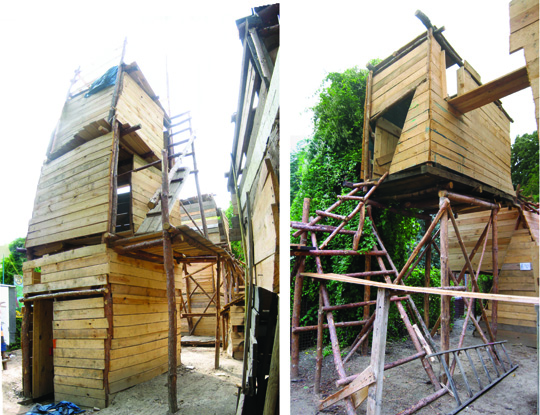
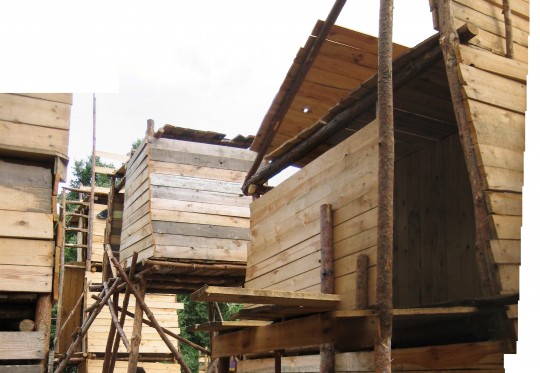
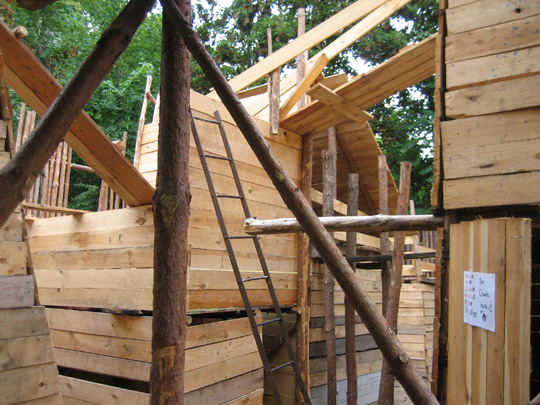
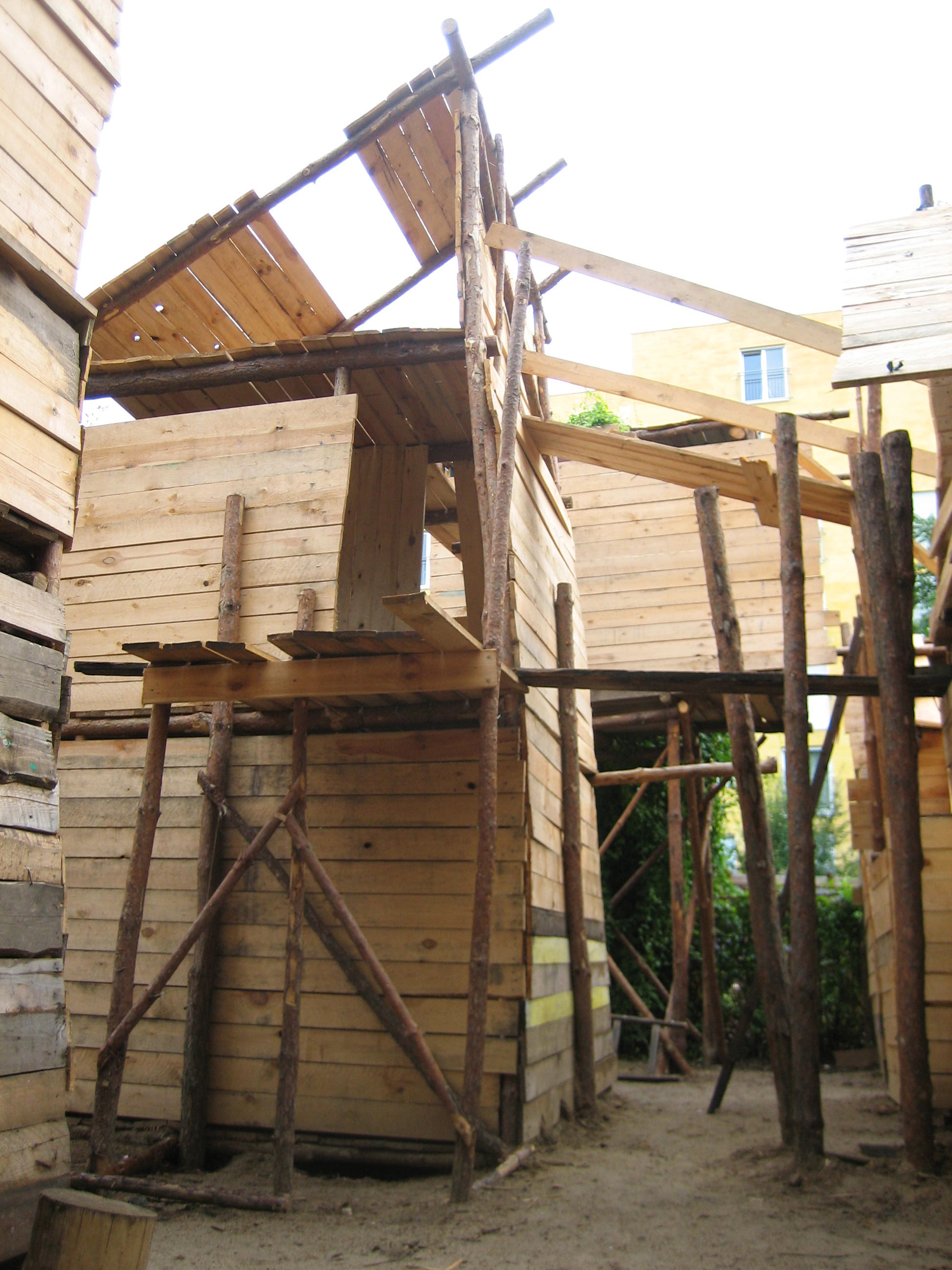
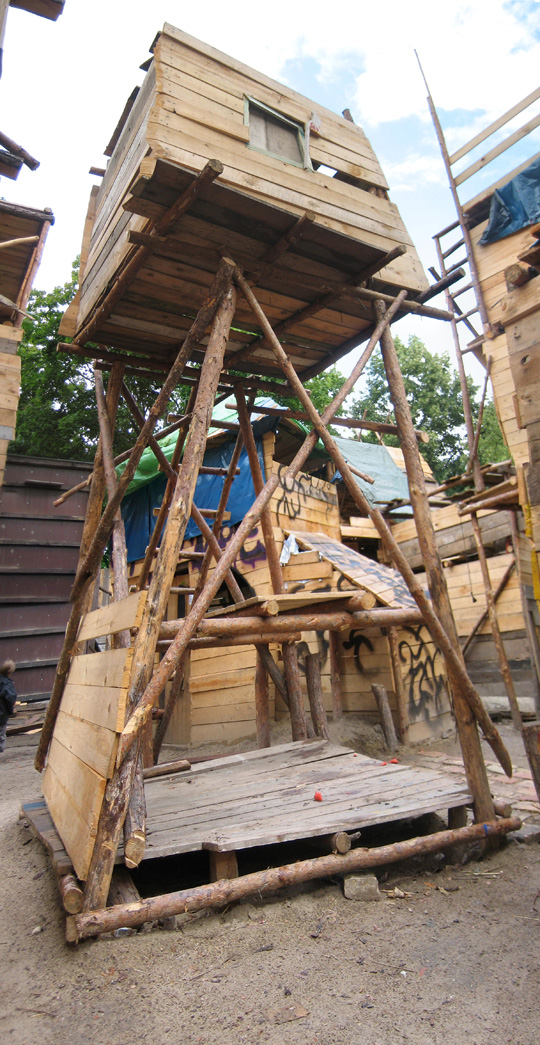
May 17th, 2010 → 1:56 pm
[…] saw one of our childhood dreams realized through a three-story playground designed by children that has a better safety record than playgrounds that have been designed to be ’safe’. […]
June 9th, 2010 → 10:40 pm
[…] http://publicworkshop.us/?p=194 […]
June 25th, 2010 → 3:59 pm
[…] Read more on the Public Workshop Blog. […]
September 4th, 2010 → 12:45 pm
[…] to “1001 Nights”–a few others are described here. Even cooler–there is a three-story playground built entirely by kids–in fact, parents are not allowed inside, yet the safety record for this playground, Kolle 37, […]
January 5th, 2011 → 9:36 pm
[…] I’ll leave you with this amazing story of children aged 6 through 16 who built their own playground with no help from adults and no safety regulations. It is inspiring and sends just the right message. Trust Children. What Happens When Children Build Their Own Three-Story Playgrounds? […]
September 2nd, 2011 → 4:57 am
[…] took that last picture from this wonderful article about Kolle 37, which makes some great points. Apparently there are generally more injuries on […]
August 27th, 2012 → 9:55 am
[…] short, the Kolle 37 bauspielplatz, despite a growing interest in play, is like nothing a majority of people in the United States have […]
August 27th, 2012 → 10:08 am
[…] short, the Kolle 37 bauspielplatz, despite a growing interest in play, is like nothing a majority of people in the United States have […]